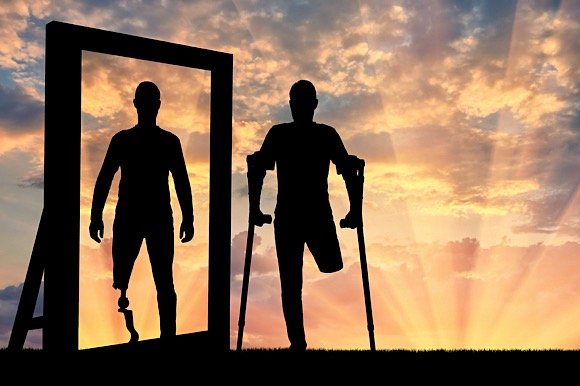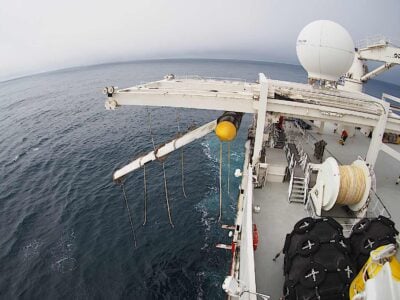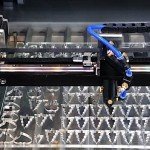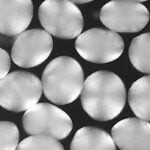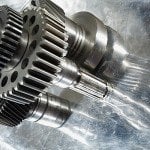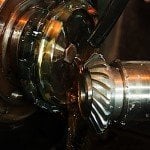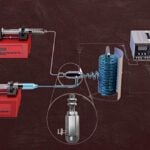Ultrasound Technology Helps Amputees Gain Control of Prosthetics
George Mason University researchers are developing cutting-edge ultrasound technology thanks to new research funded by the National Science Foundation and the Department of Defense. The technology will be used to help amputees gain control of prosthetics.
Mason Engineering’s Department of Bioengineering associate professor Siddhartha Sikdar stated, “Our goal is to help amputees go about their daily lives with improved function.” Sikdar launched a feasibility study with amputees and noted that upper-body extremity prostheses are typically controlled by electrical methods that sense muscle activity.
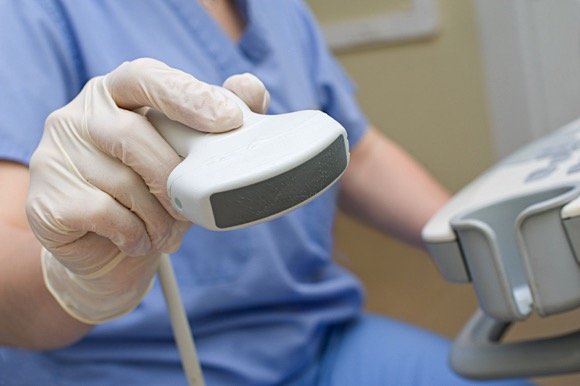
Electrodes on the skin detect electrical activity as the amputee attempts to perform movements. However, these electrodes cannot differentiate between signals from various muscles in the forearm that control the fingers. Amputees are often discouraged by these limitations, and they often give up because the prosthetics do not improve their quality of life.
“It’s really a shame,” says Sikdar, “because modern prosthetic hands are sophisticated systems. The biggest challenge has been to provide users with a reliable, noninvasive, and intuitive method to control these devices.”
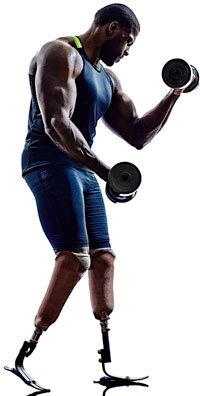 Researchers have been investigating a new method for operating prostheses using ultrasound waves, which sense muscle activity. Miniature ultrasound transducers, worn as small bands on the forearm or under the prosthetic shell, will send sound waves through the body and detect reflected sound waves. These signals will then be analyzed using computer algorithms designed to recognize muscle activity. Unlike other methods, this one is able to differentiate between different muscle groups, allowing for dexterity in controlling upper body prosthetics.
Researchers have been investigating a new method for operating prostheses using ultrasound waves, which sense muscle activity. Miniature ultrasound transducers, worn as small bands on the forearm or under the prosthetic shell, will send sound waves through the body and detect reflected sound waves. These signals will then be analyzed using computer algorithms designed to recognize muscle activity. Unlike other methods, this one is able to differentiate between different muscle groups, allowing for dexterity in controlling upper body prosthetics.
The Department of Defense has offered the team a grant to fund their research, due to the technology’s ability to vastly improve the lives of servicemen and women wounded in action. Another grant, provided by the National Science Foundation, funds research and experimentation geared toward developing exoskeletons for people with spinal cord injuries.
Additional testing includes extending the method to lower-limb prostheses and training people to use the prosthetics through video games. This technology has the potential to help amputees around the world obtain a better quality of life. “Knowing that this technology can potentially help real people keeps us all highly motivated,” says Sikdar, who has applied for patents and is preparing to commercialize the technology once his latest research proves successful.
Source:

